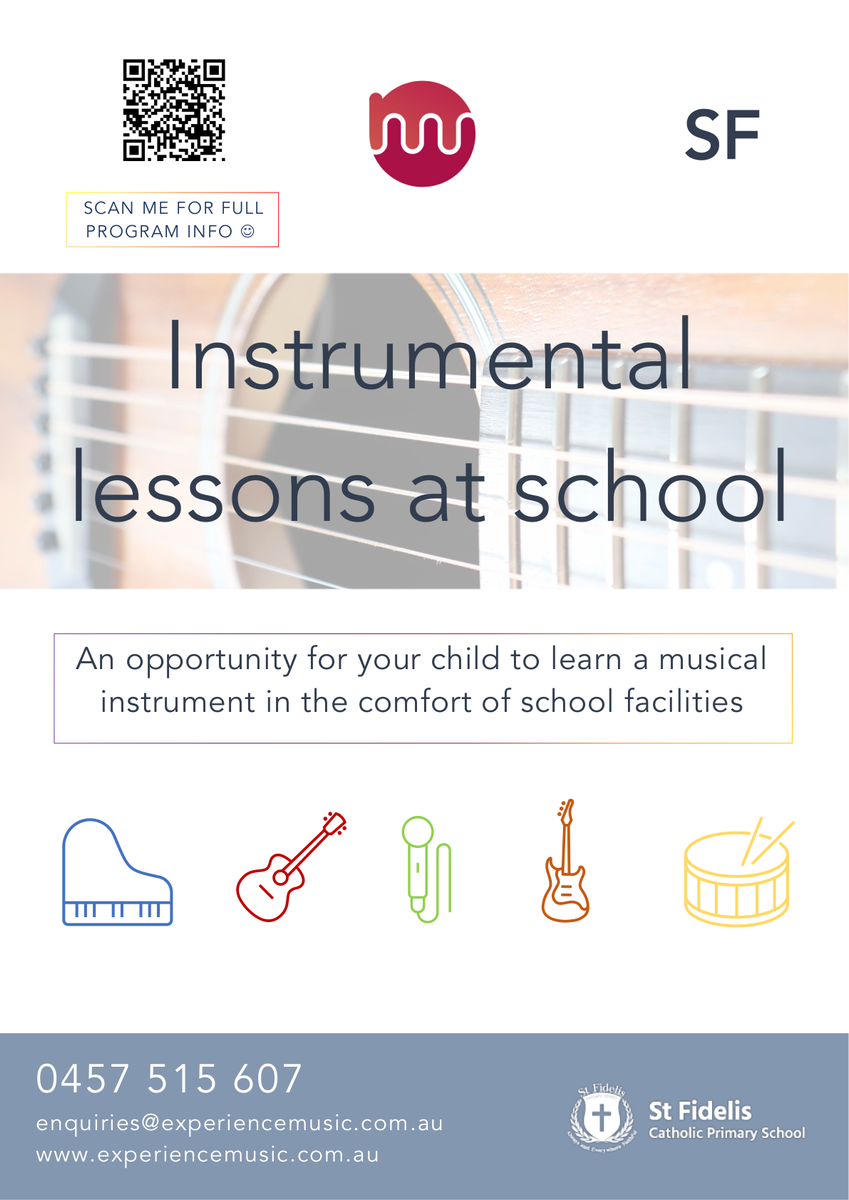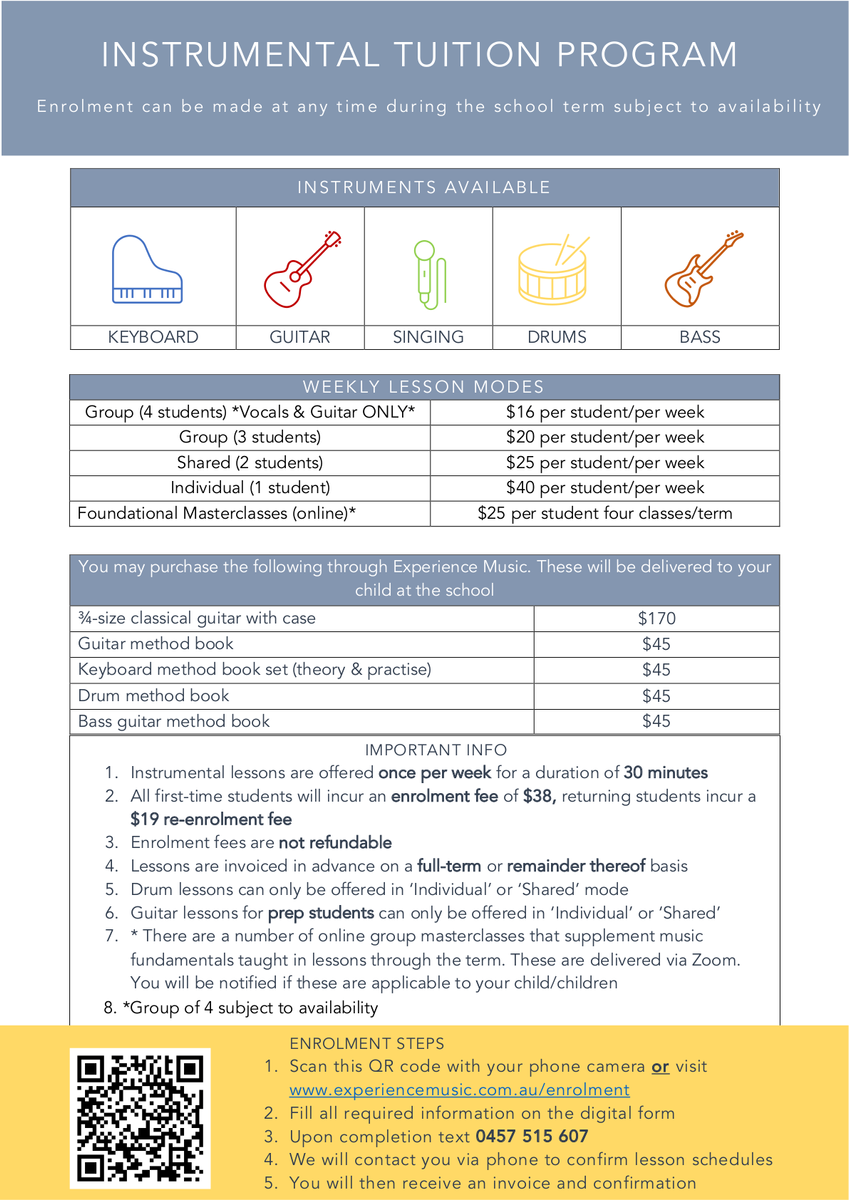Learning & Teaching
Learning and Teaching encompasses the following areas: Student Outcomes, Curriculum, Assessment, Reporting, Principles and Pedagogy.
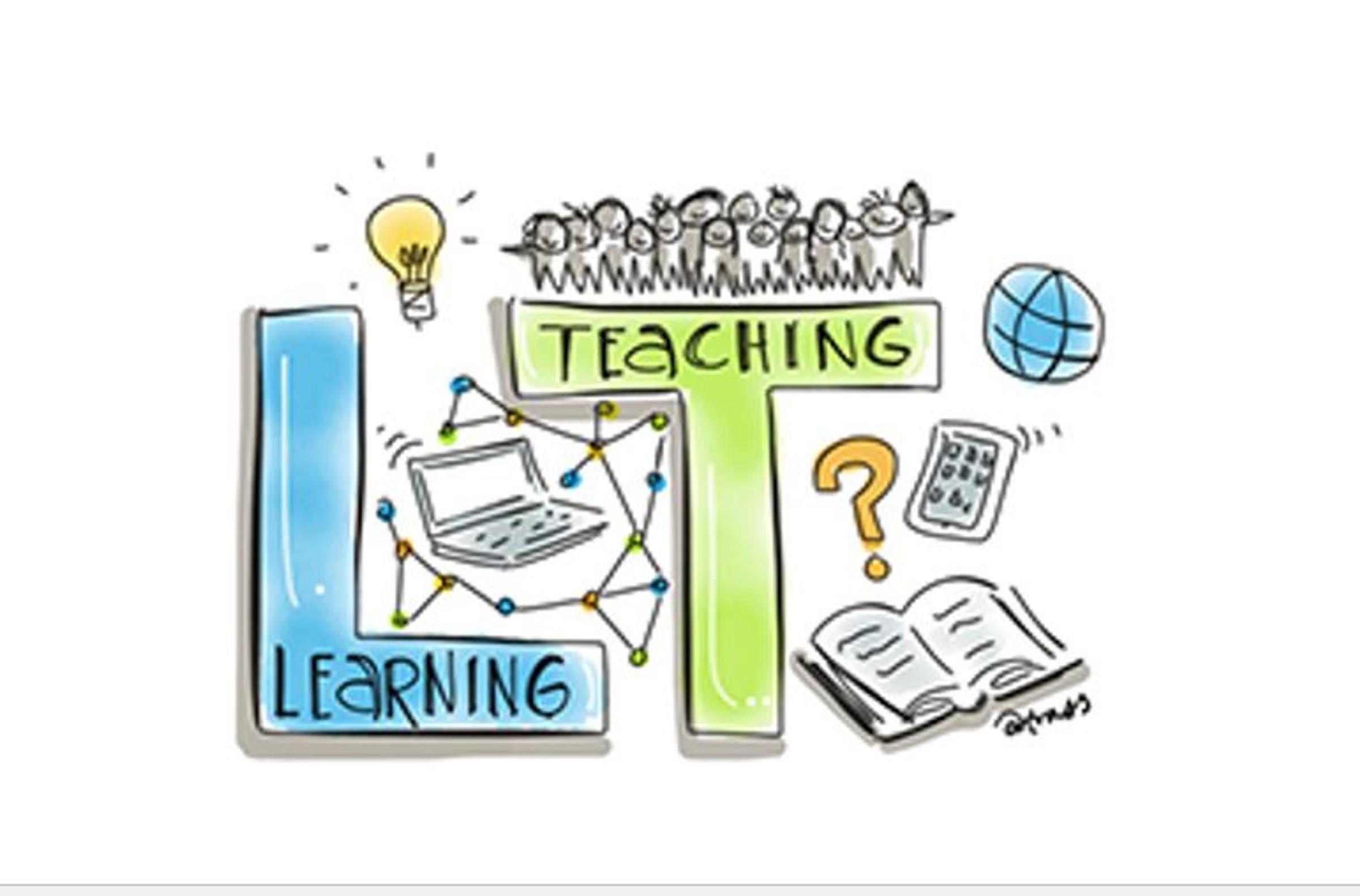
Learning & Teaching
Learning and Teaching encompasses the following areas: Student Outcomes, Curriculum, Assessment, Reporting, Principles and Pedagogy.
Friday 9th June
As part of our shared inquiries, students have had the opportunities to explore,
investigate and experience many aspects of different cultures and cultural traditions.
To celebrate the cultural diversity of our community, the students will have the opportunity to participate in a 1/2 day cultural program facilitated by Cultural Infusions.
STUDENTS ARE WELCOME TO WEAR SOMETHING or
BRING AN ARTEFACT THAT REPRESENTS THEIR CULTURE/S
The Cultural Presenters will bring an exciting and memorable experience,
which celebrates and shares an understanding of diverse cultures!
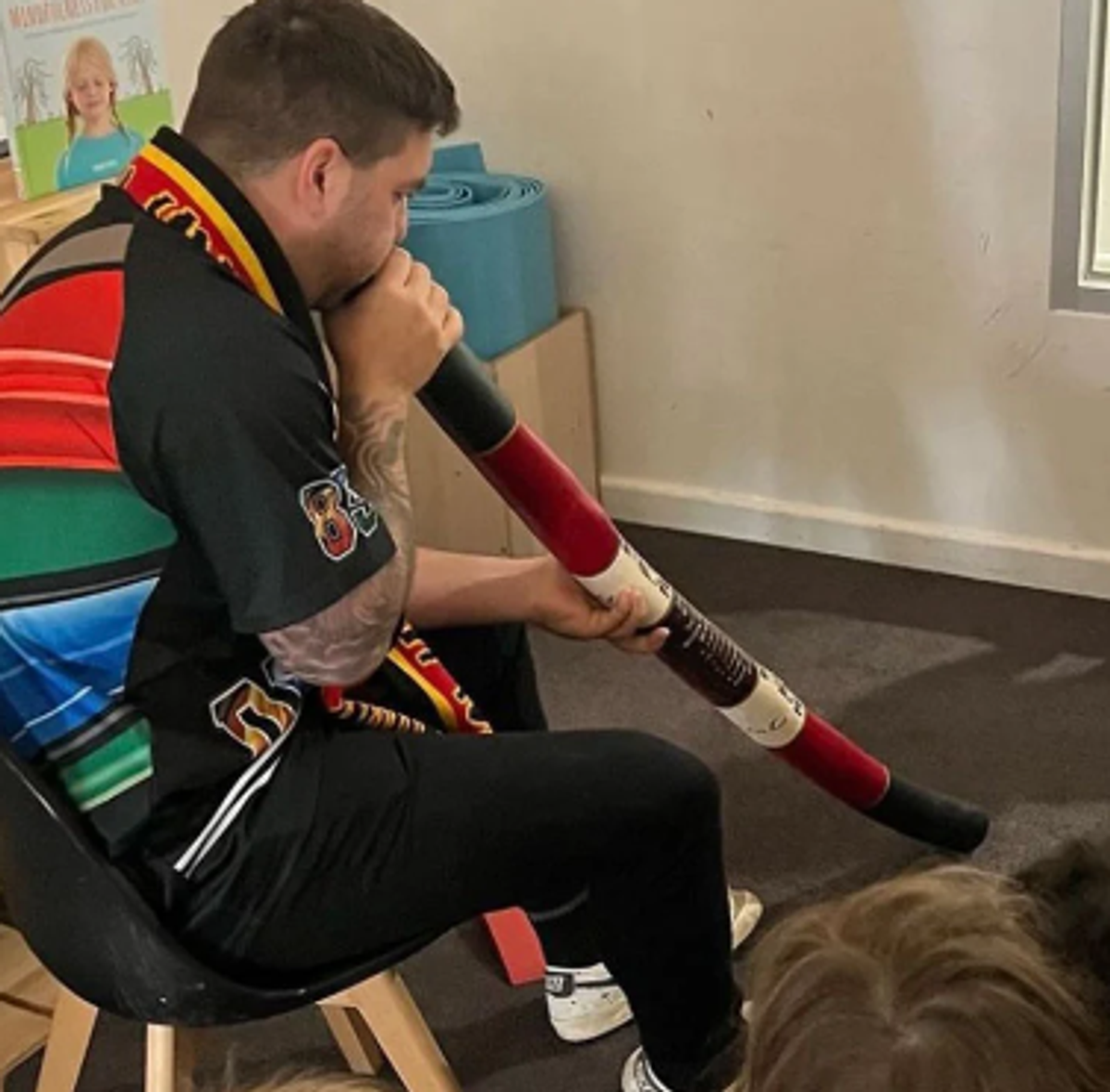
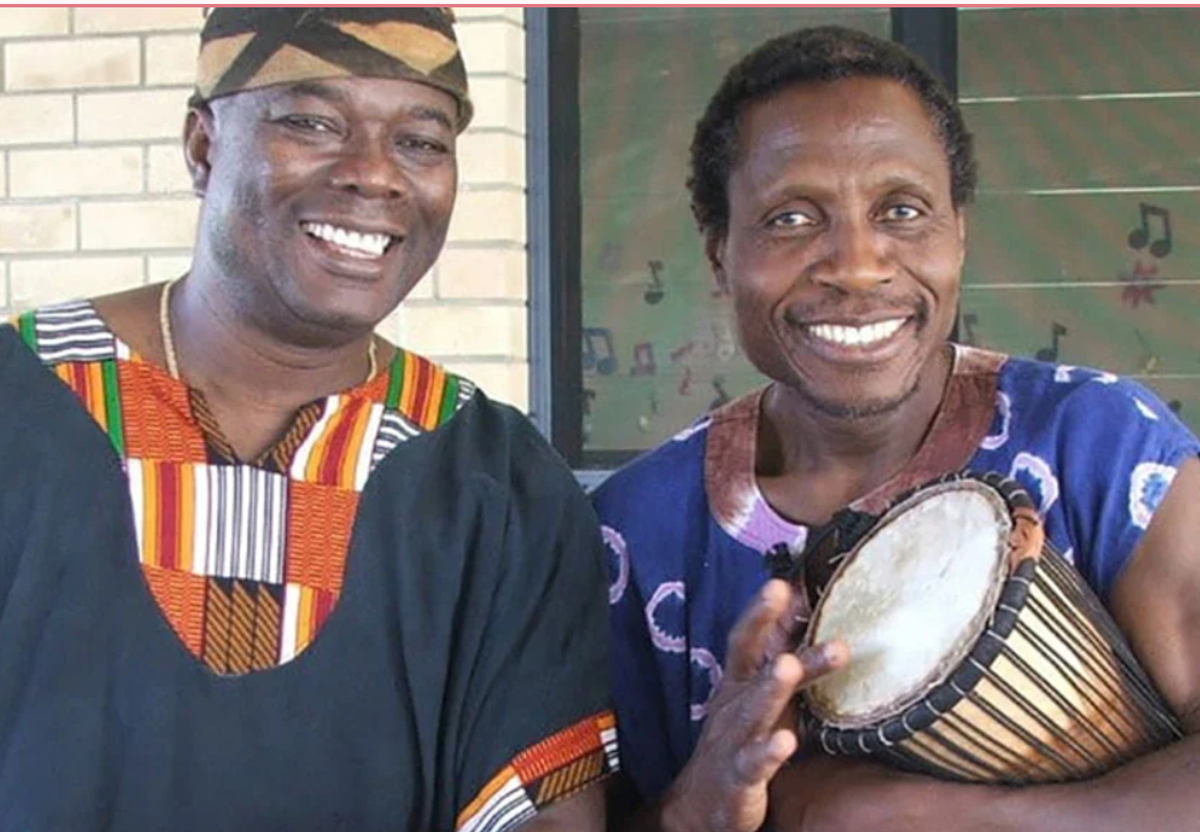
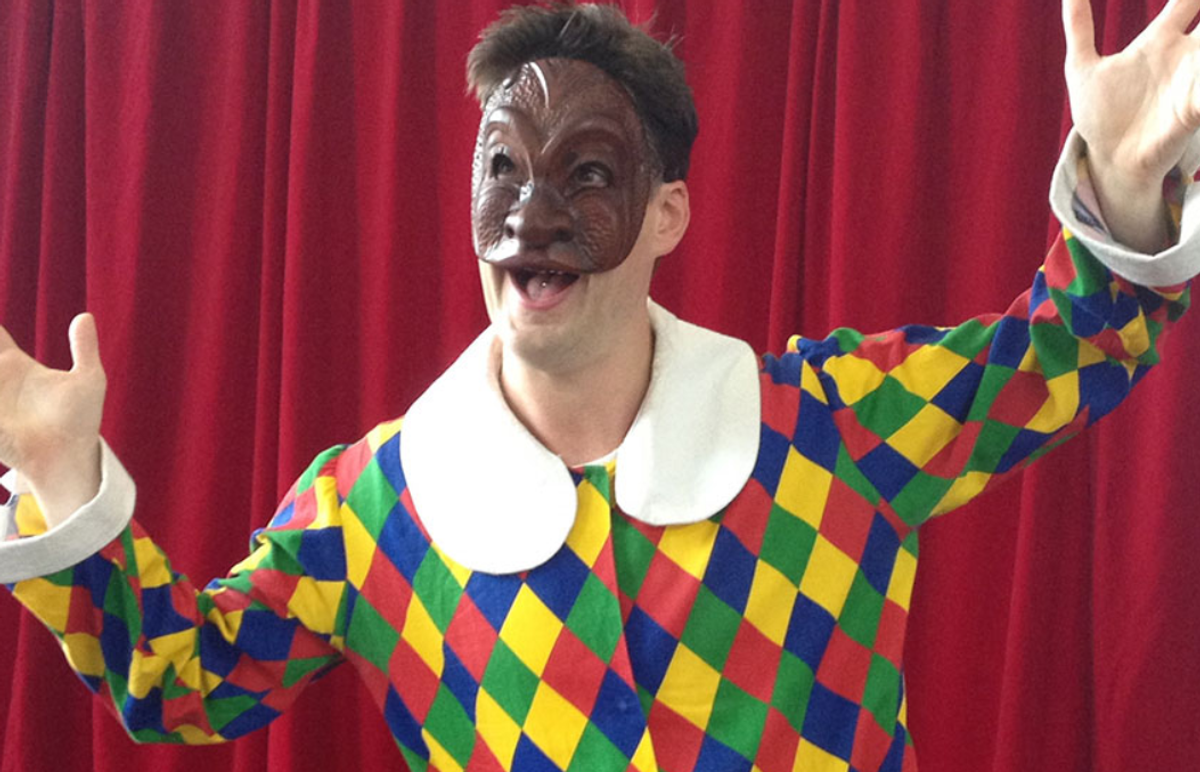



INDIGENOUS INFUSION Aboriginal Infusion is a highly interactive and engaging program that enables students to explore different cultural aspects such as Dance and Didgeridoo, Aboriginal Artefacts and Storytelling. REGION: OCEANIAN | RHYTHMS AND INSTRUMENTS OF WEST INDIES Rhythms and Instruments of West Africa is an interactive program and students will be playing the drums and other percussion instruments. REGION: AFRICA | COMEDIA CLOWNING Commedia Clowning details the masks themselves, and the characterisation of the Commedia characters and encourages audience participation and circus skills. REGION: EUROPE |
The National Walk Safely to School Day held on Friday 19th May, was an amazing community event for St Fidelis' School. At Shore Reserve on Friday morning, were a gathering of the St Fidelis family: teachers, parents, grandparents, students, siblings and babies in prams who all assembled early to walk to school. Along the way down Reynard Street, many more students and families joined the very long line that was making its way to school, ready to enjoy a yummy and healthy breakfast of cereal and fruit.
Many thanks to Jimmy Joson (Isabella and Jeevan’s dad) who sourced delicious fruit from the Melbourne Market Epping for everyone to enjoy. Thanks also to TheirCare (Before & After School Care) who provided all the cereal and milk. The whole community is so thankful for your efforts in obtaining breakfast for our hungry walkers.
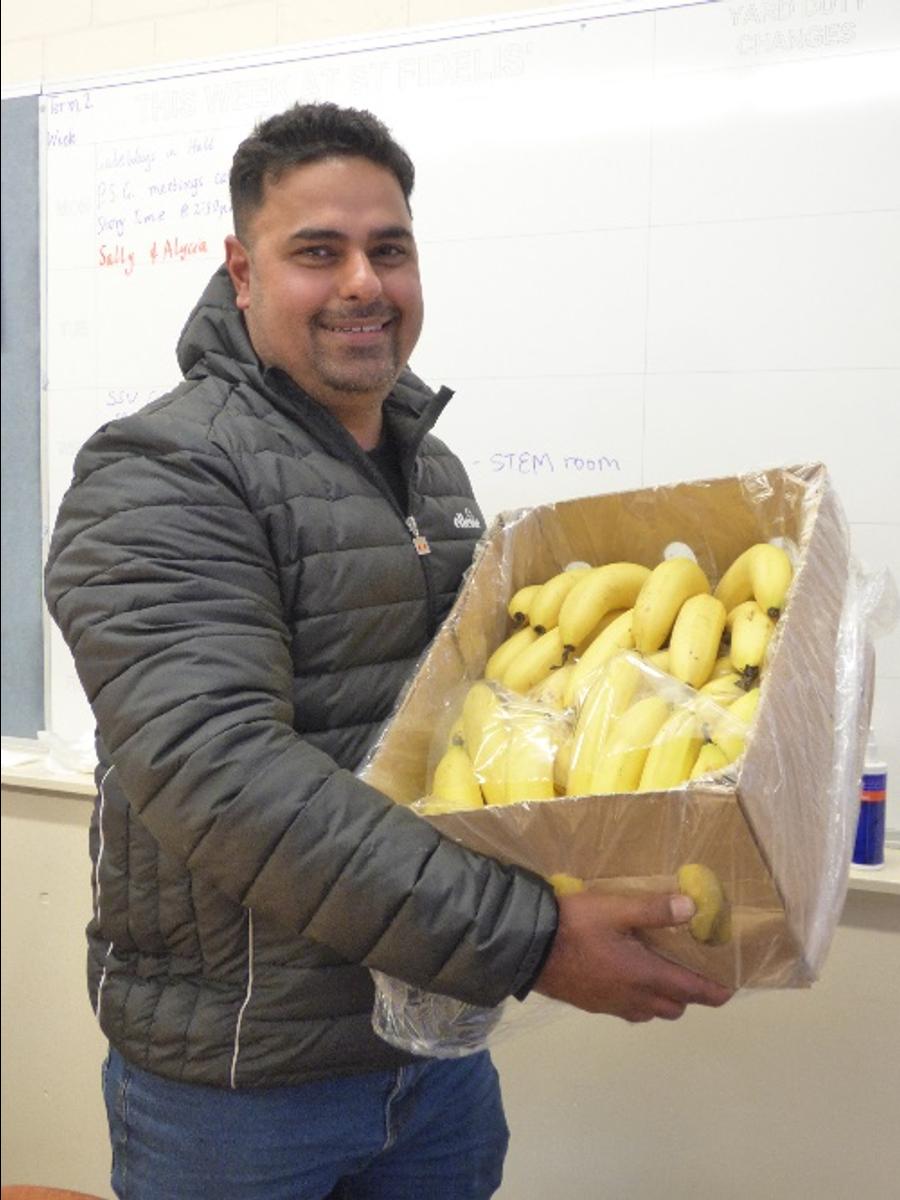
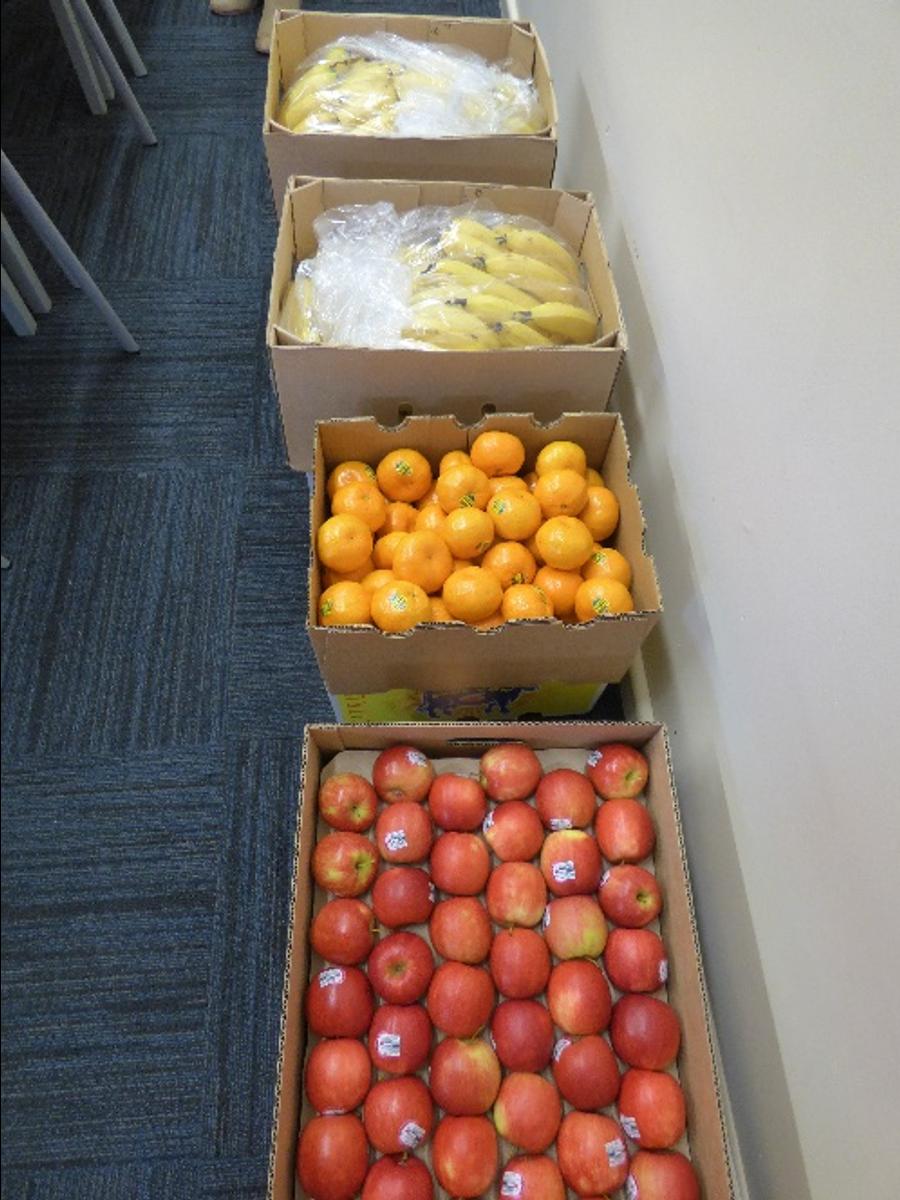
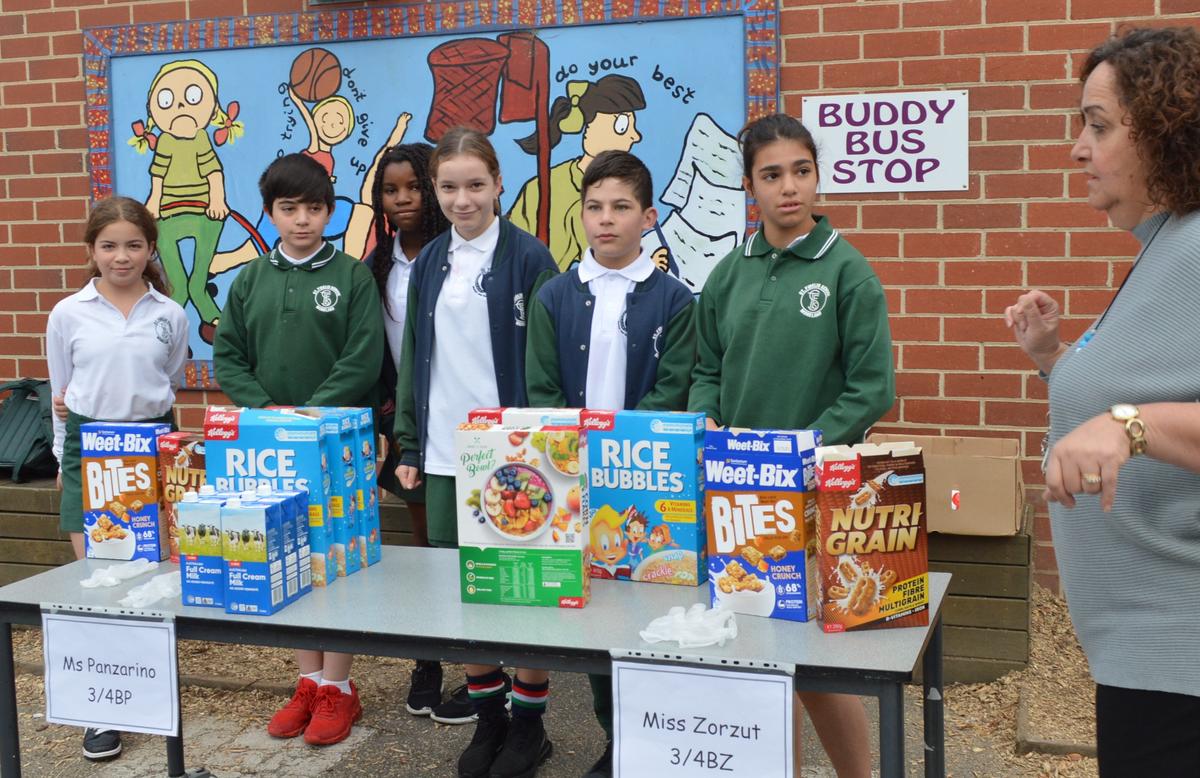



Thank you to the school staff who participated in the walk and to the school staff and Year 6 leaders who set up the breakfast in Hawthorn Yard and Saunders Yard for everyone to enjoy.
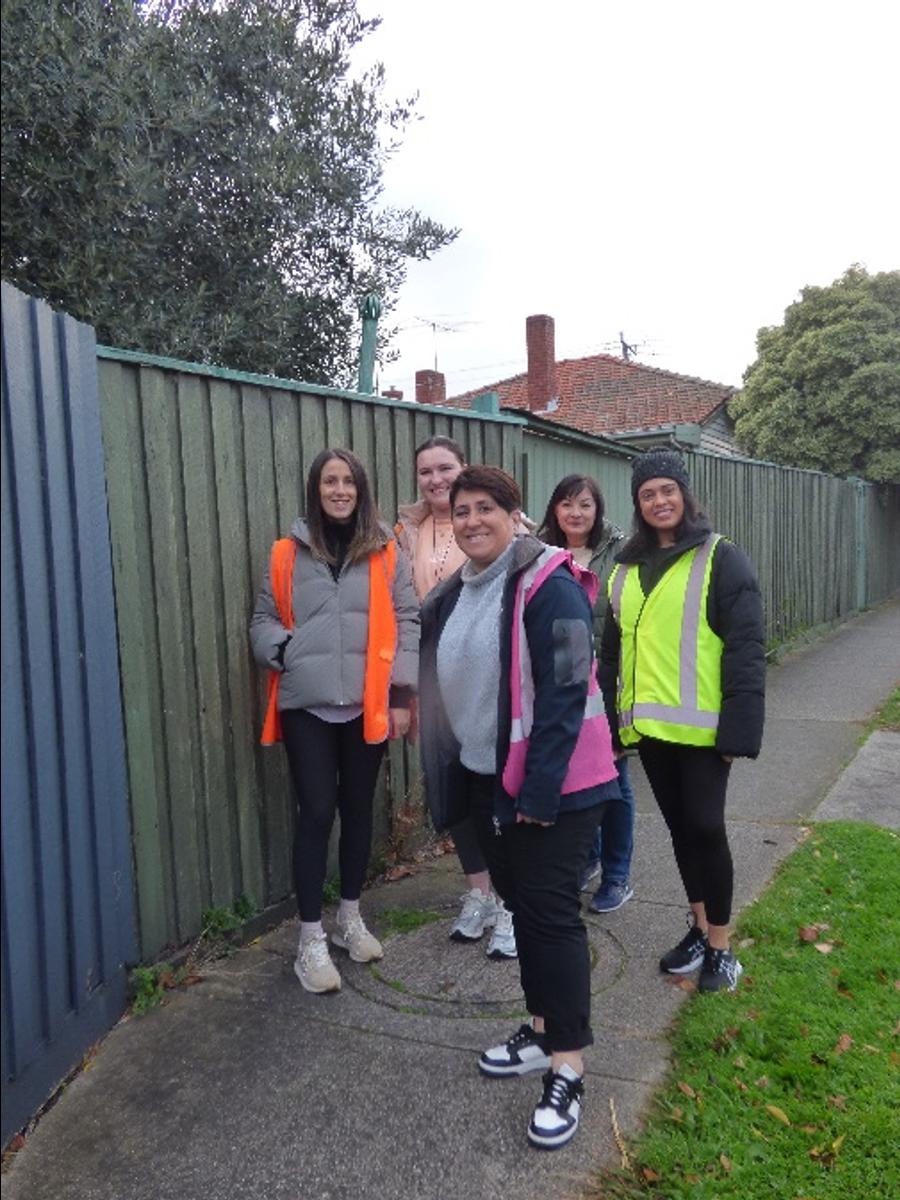
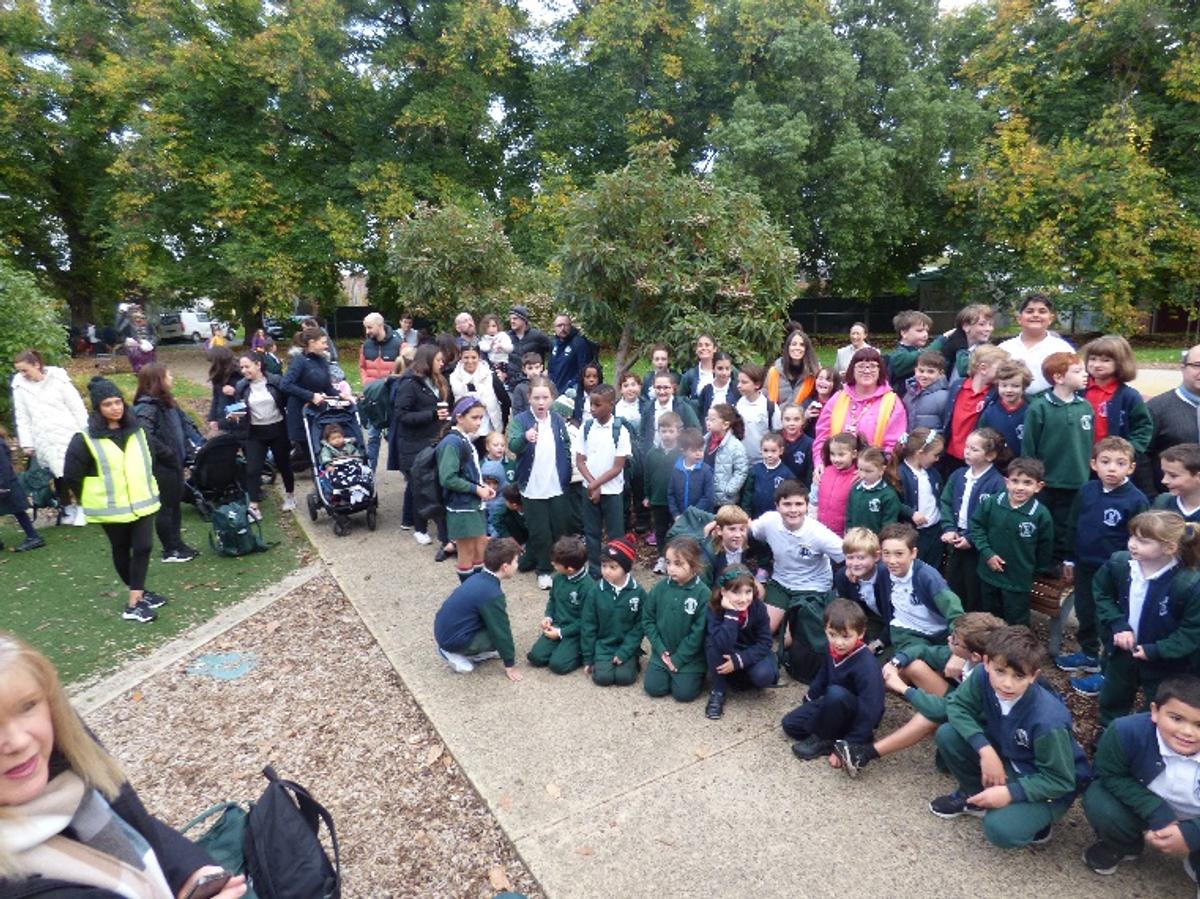
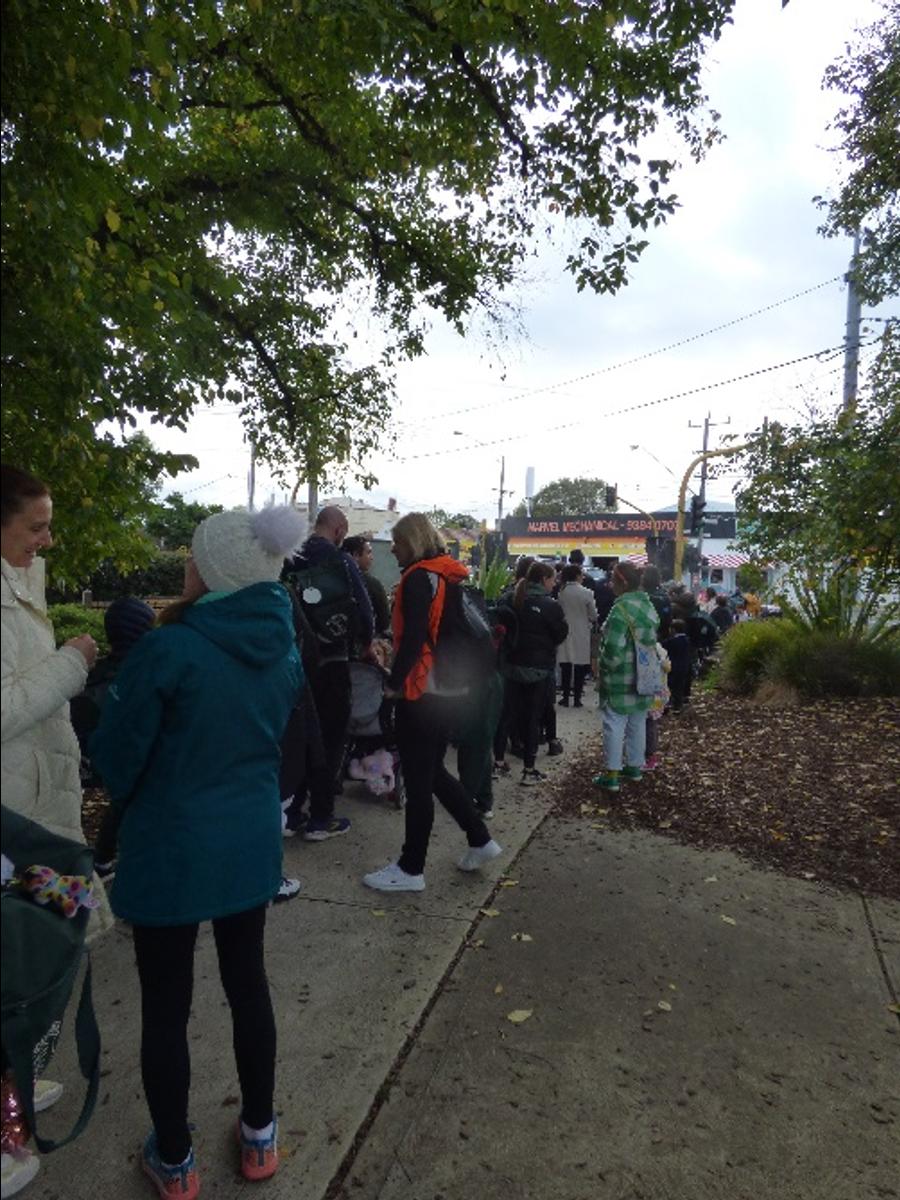
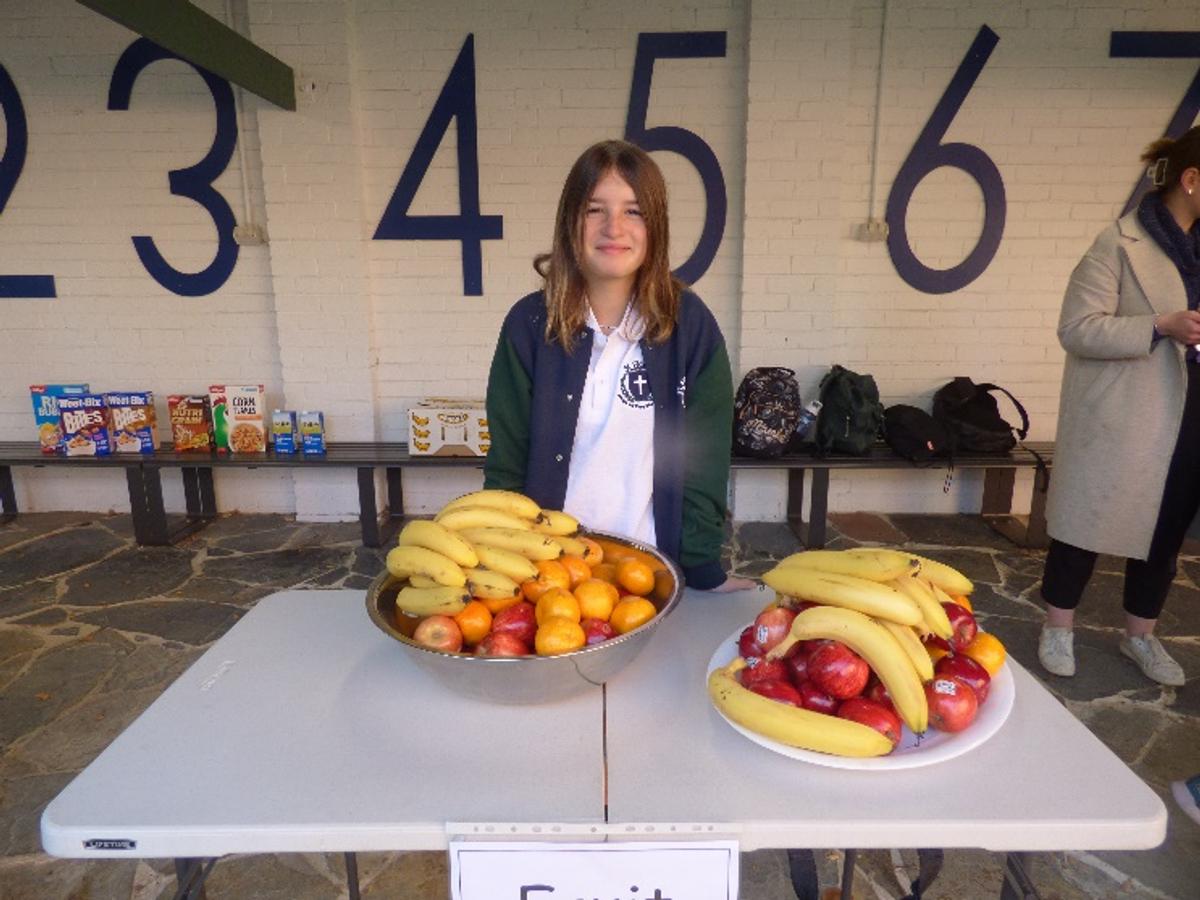
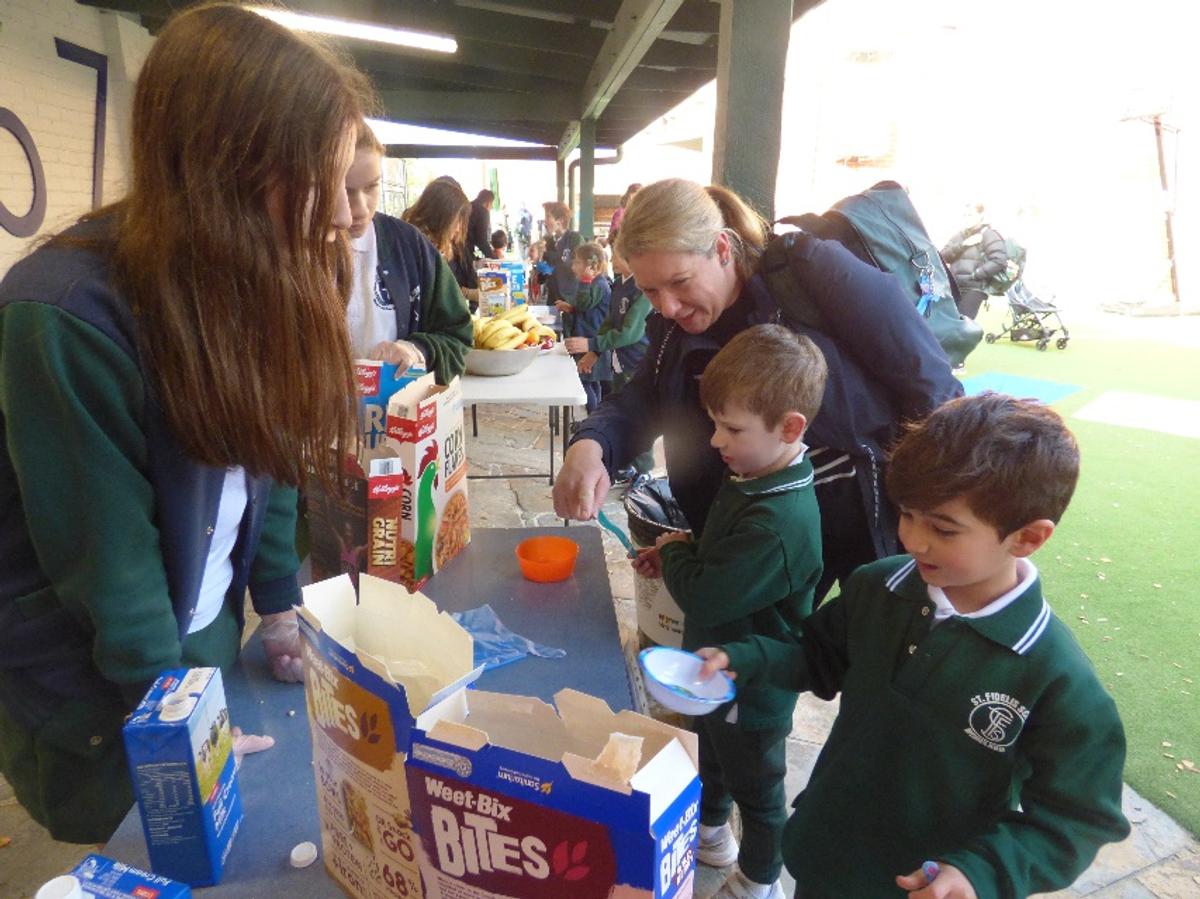







What’s happening in Sustainability:
This term, our Year 5/6 Sustainability learners will engage in designing an Indigenous garden at St Fidelis' Primary School.
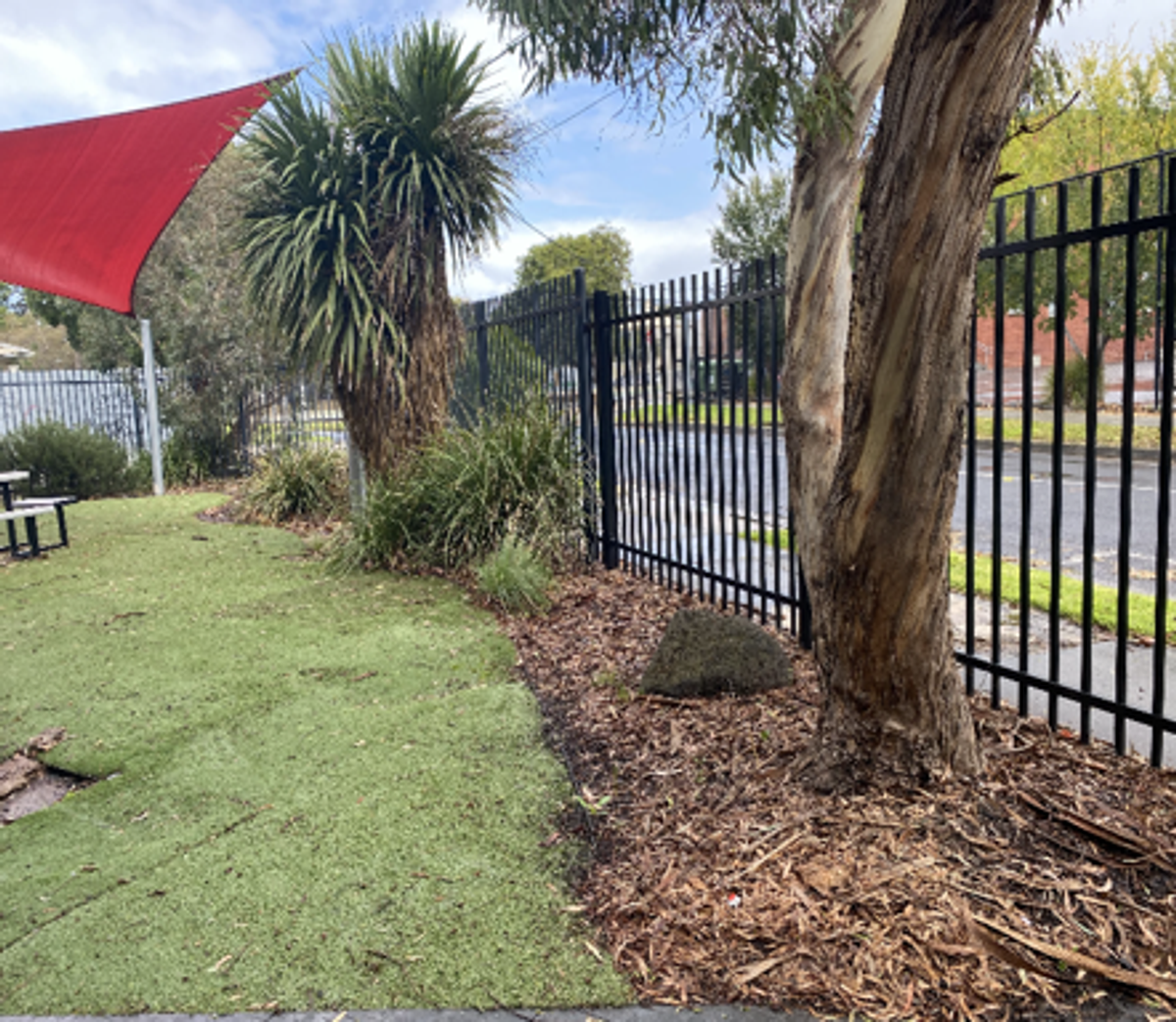
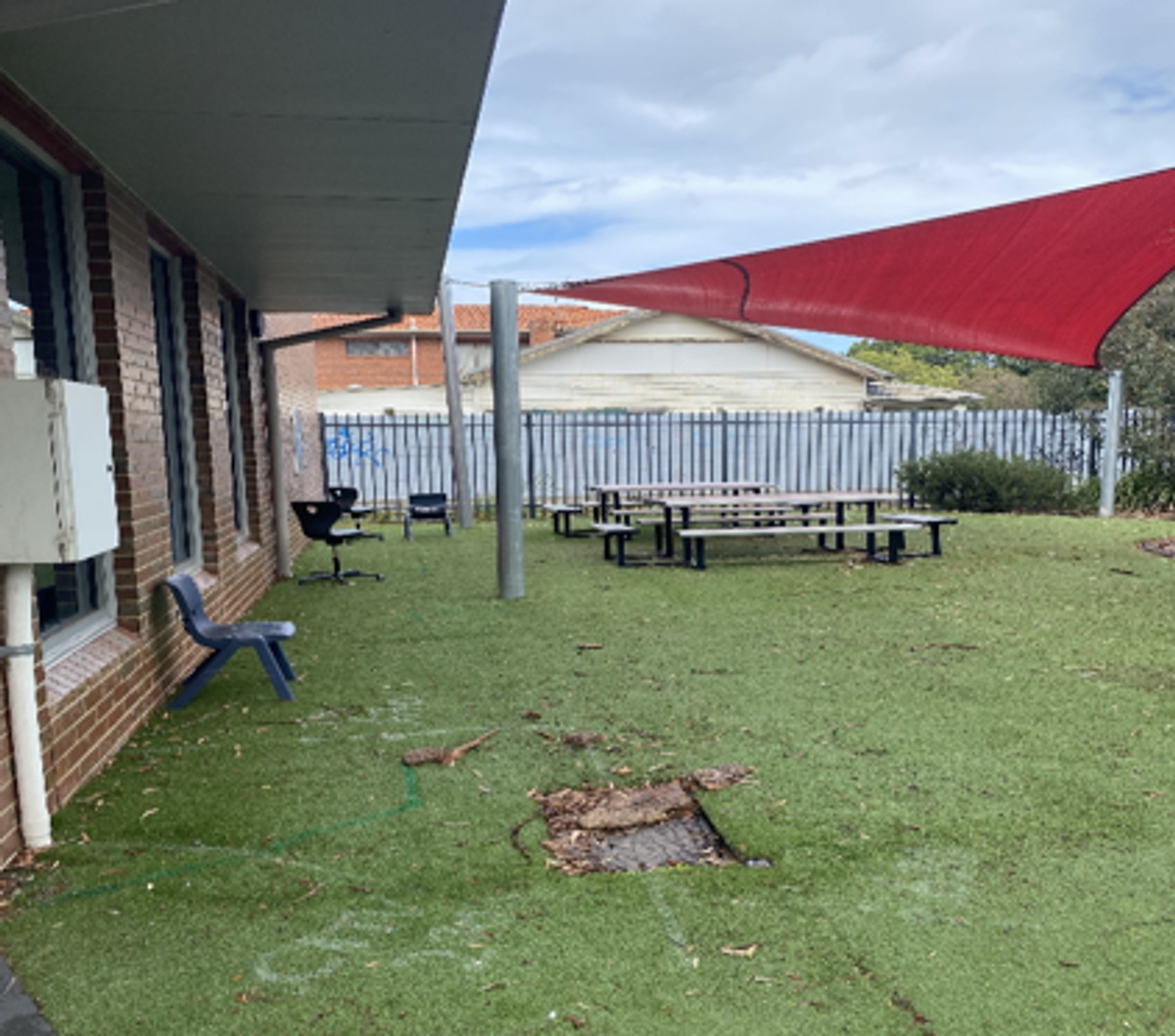


Proposed area for our Indigenous garden to be established.
This is the proposed area in which our 5/6 learners will be designing, researching and creating an Indigenous garden at St Fidelis Primary School. As collaborators, our learners engaged in dialogue and documented their first thoughts about:
What is an Indigenous garden?
An Indigenous garden is where different things such as different Indigenous plants, memorials and dot paintings take place. Isabella
A place that is sacred and very peaceful. Chloe
An Indigenous garden is a garden with native Australian plants. Christain P
What is the importance of native plants to Indigenous people?
Native plants are important to the Indigenous people because plants are part of their culture. Savannah
Native plants are important because they provide food. Thomas
Why are Indigenous gardens important?
Indigenous gardens are important because it represents the Indigenous community near us and we acknowledge and respect them. Catherine
It is important to respect and make connections to the Indigenous people and to help us make connections to the original owners of our land. Olivia
We continued our learning by researching and investigating various plants suited for our Indigenous garden. Catherine created a Google Doc for the learning group to document all findings on Indigenous plants.
Last week, our learners contacted Charley, an Indigenous Elder from the Wurunjeri council. Charley informed the group as to what her role is at the Wurungeri council and that her organisation would be able to assist us in our mini project in designing an Indigenous garden.
During Sustainability, we chopped up banana peels to feed the worms. Then we sorted the seeds that we will be planting. I discovered that on the back of the seeds packet there is a graph and a picture of Australia and New Zealand. I discovered that the graph tells you the best time to plant the seeds. My group discovered that the best seeds to plant are cabbage, silverbeet, spinach and beans. Caleb
Today during Sustainability, we planted some seeds. First, we put the soil in little tubs and then we placed the seeds into the soil. We planted the following seeds in the tubs - cabbage, silverbeet, spinach and beans. Once they begin to grow we will plant them in our new garden beds. Harrison
Thank you
Thank you to Walter Mariotti uncle of Alexander Mariotti for donating a selection of vegetables that the children enjoyed planting in our vegetable garden.
A big thank you to all the junior parents who gave up their time last week to attend the two sessions I ran on helping at home with Addition and Subtraction. It was so good seeing the children happily playing games with you all. I hope you are all left with a better understanding of how to support your child.
One of the big points is to allow your child time to process the problem and think about how to solve it. So wait time is important. Question your child about how they worked it out. How did you get that answer? What makes you say that? How can you check? Be positive about their maths learning and point out to them the maths you are doing each and every day. And lastly, play games with them.
As parents, we are programmed to help and support all our children. They look at us, when they are stuck or want answers, with teary eyes or just look plain sad and we want to save them! But the best thing we can often do, is let them struggle. Productive struggle helps them learn strategies. Often they will get into a cycle of learned helplessness. Where they won't even try because they know we will save them. It may be considered 'tough love' but it is honestly the best thing for them… they soon realise you are not going to do the work for them, thinking and persistence are compulsory for everyone! So next time one of your children puts on the act… be strong and remember the best way to save them is to instil confidence in them that it's not about the right answer, it is about giving it a go!
I have enjoyed my time in the classes this week teaching the various levels.
The Foundations are learning about addition and we role-played getting on a bus and picking up passengers. How many people are on the bus, and how many more got on at the bus stop? How many are on the bus altogether? Students enjoyed their parts as bus drivers and passengers. They then made up their own addition stories and modelled this on their own bus template.
The Juniors are learning about addition and have begun looking at all the ways to make the numbers to 10. Some of the students worked with me on adding two-digit numbers and using a number line to show their thinking.
In the middle area, the students have just finished their unit on addition and are moving on to Location. They are learning to interpret simple grid maps to show positions and pathways. They are also in Year 4 learning to use simple scales, legends and directions to interpret information contained in basic maps
The Seniors are learning to choose appropriate units of measurement for length and calculate the perimeter and area of rectangles. They are also learning to connect decimal representations to the metric system and convert between common metric units of length. They are also working on solving problems involving the comparison of lengths.
Our Maths Olympiad students sat their first Olympiad two weeks ago and the students did very well. We had three students receive the perfect score of 5/5. They were Maya Woodhouse, Xavier Carr and Ethan Mercadante. Congratulations to all who showed persistence and risk taking in completing the problems each week presented and the first Olympiad test.
Check out this video with Foundation students using Coding Express and Year 3/4 students designing a Mars Rover to detect a rock sample and be able to move it to the Mars base station.
This video is showcasing the Year 3/4 self portraits after studing Freda Khalo and Year 5/6 self portraits after studing Vincent Van Gogh.
EXPERIENCE MUSIC
